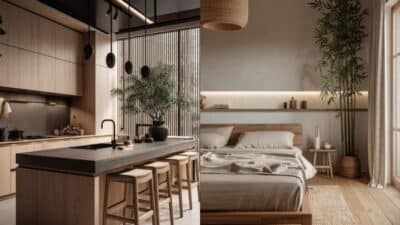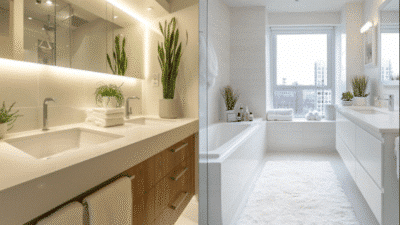Decorating a home today often means working with what you already have while adding new pieces. Some people lean too modern, and their home ends up looking cold and bare. Others hold on to too many vintage items, making things feel busy or outdated.
Many readers might face this same problem right now. Maybe you have a favorite old wooden table but also love sleek metal chairs. Or you bought a new sofa, but it doesn’t seem to match your vintage lamps and artwork.
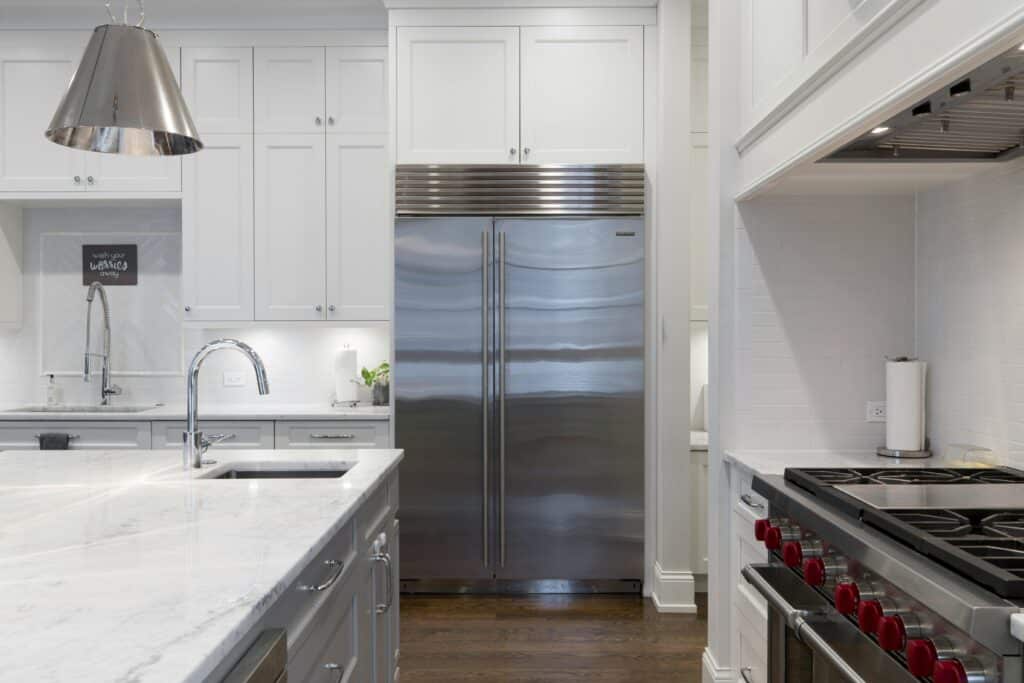
The good news is you don’t have to pick just one style. Mixing both can make your home feel unique, comfortable, and personal—if you do it the right way. Let’s walk through simple and realistic steps that help balance both styles without going overboard.
1. Start with One Style as the Base
Before you bring everything together, decide which look will lead your home’s overall feel. Will modern lines and shapes set the tone, or will vintage details take center stage? You don’t have to fill your whole house with one style, but having a base helps guide all your choices.
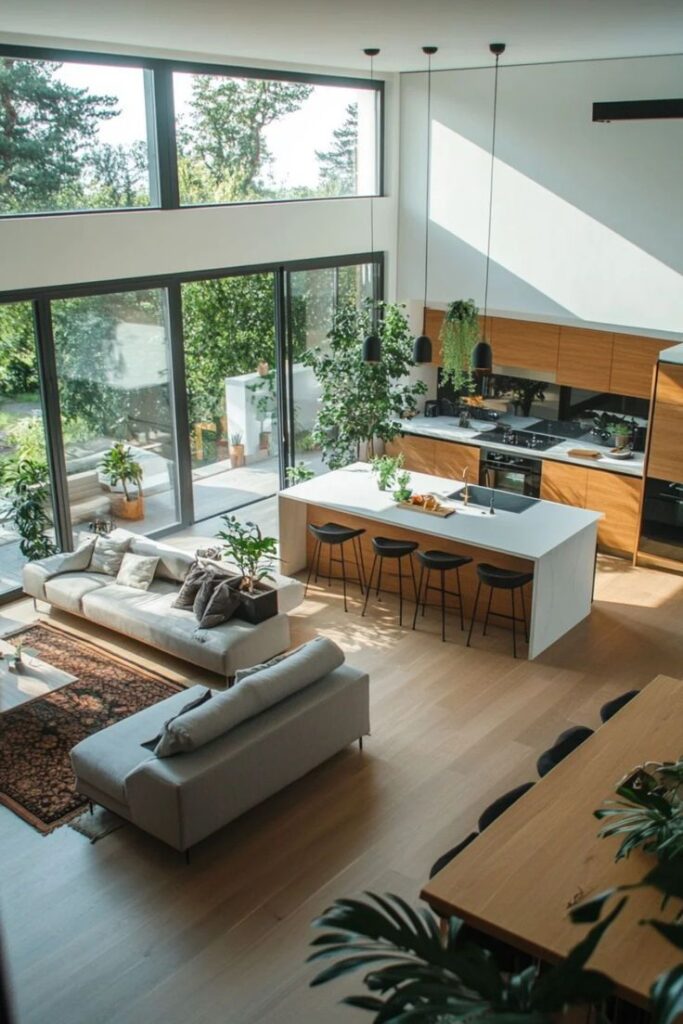
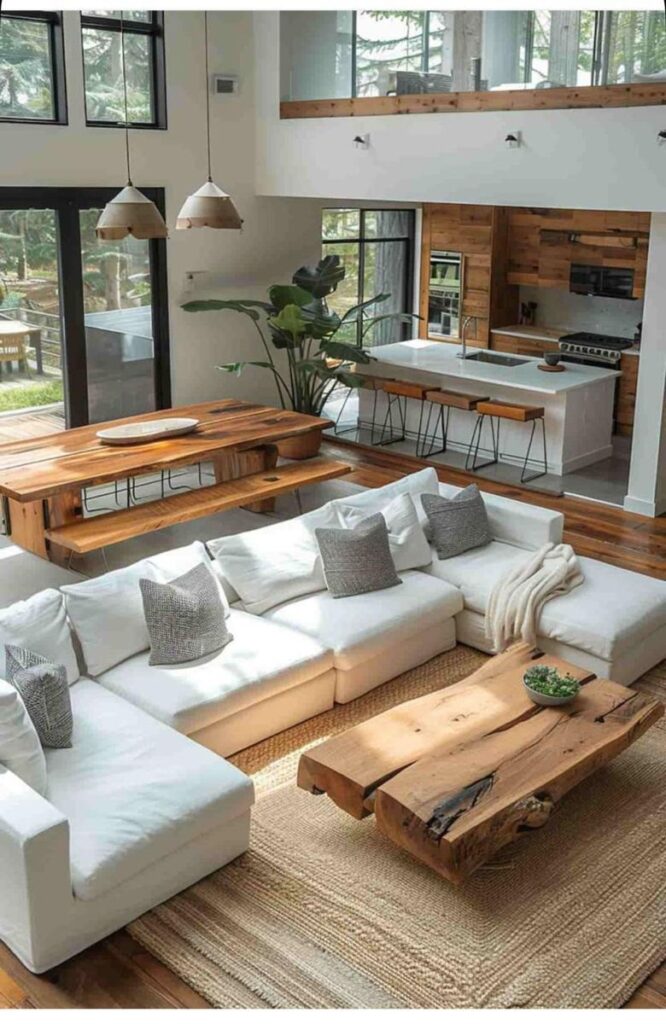
For example, a home with mostly modern furniture can still include vintage rugs or light fixtures. On the other hand, a house full of vintage pieces can benefit from a few clean-lined shelves or tables to keep things from feeling crowded. The idea is to let one style guide the layout, color, and flow, while the other adds character.
2. Update with Purposeful Renovations
Sometimes mixing styles isn’t only about furniture and décor. It also comes into play during home updates. If you decide on a kitchen remodel, for example, you can combine vintage details with modern improvements.
You might choose classic wood cabinets with modern appliances. Or keep an old tile pattern alongside new countertops. The idea is to blend old and new in ways that feel natural. You don’t have to fully replace everything. Instead, keep the vintage parts that still work and upgrade where needed.
Purposeful renovations like this help keep your home’s history while making sure it fits your current needs.
3. Focus on Balance, Not Symmetry
When mixing styles, many people try to make everything perfectly even. That isn’t necessary and can make a space feel stiff. It’s better to focus on balance instead of symmetry.
For instance, if you have a large modern sofa in one part of the room, balance it with a vintage coffee table or a set of old wooden chairs. The key is paying attention to size, color, and texture. One heavy item doesn’t have to match another in shape, but the overall look should feel steady and not one-sided.
This also applies to wall art and accessories. A vintage mirror can balance a sleek modern sideboard if they share a similar color tone or size.
4. Use Color to Tie Things Together
Color is an easy tool for mixing modern and vintage without making things feel messy. Pick two or three colors that appear across both types of items in your home. Stick with those shades as much as possible.
For example, if your modern sofa is gray and your vintage cabinet has a dark wood finish, use neutral tones like beige, white, or light gray for other items in the room. This way, nothing feels out of place.
It’s also smart to add small color accents—like green plants or blue throw pillows—that show up in both your modern and vintage pieces. Keeping colors consistent creates flow, even when shapes and styles vary.
5. Mix Furniture Materials and Finishes
A key part of blending styles is mixing different materials. Modern furniture often uses metal, glass, or clean-painted wood. Vintage pieces usually have aged wood, soft fabrics, or distressed finishes. Putting both in the same space adds interest without feeling forced.
For instance, a shiny modern dining table can work well with vintage wooden chairs. Or an old wooden bench might sit in an entryway next to a modern metal coat rack. The trick is not to overdo it. Pick one or two contrasting materials per room and leave space for both to stand out.
6. Add Vintage Décor in Small Layers
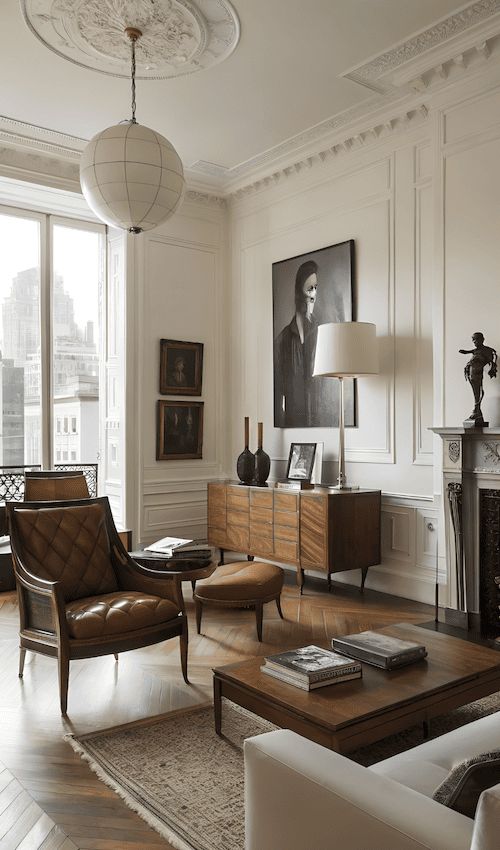
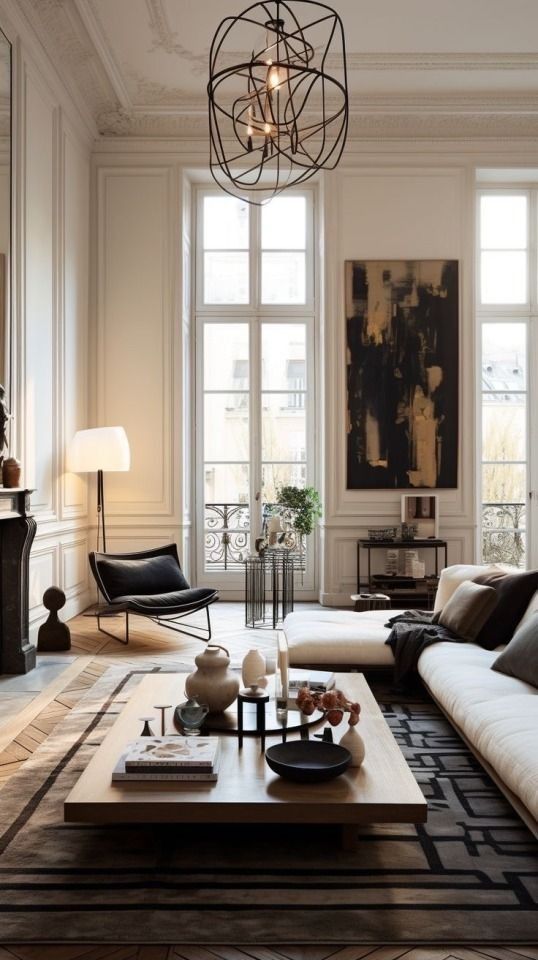
Not every vintage item has to be big furniture. Small décor pieces can blend easily with modern designs. Things like an old clock, a framed painting, or a vintage lamp add charm without taking over the room.
The best way to use vintage décor is in small layers. Place an antique vase on a modern shelf. Hang an old mirror above a sleek desk. These touches add warmth and interest. You don’t want to crowd your shelves with too many items. Stick with two or three pieces in each space. This keeps the room looking clean while still bringing in vintage personality.
Keep in mind, vintage décor should feel like it belongs in the room. Don’t add it just to fill space. It works best when it adds something meaningful, like a family photo in an old frame or a handmade rug from a trip.
7. Pay Attention to Lighting Choices
Lighting plays a big role in how modern and vintage elements work together. It affects both how things look and how comfortable a space feels. Using a mix of lighting styles helps create balance across both design types.
Recessed lighting is popular in modern homes. It offers clean, bright light without taking up space. Vintage homes might feature hanging lamps, chandeliers, or table lamps with character.
Instead of choosing one or the other, use both. You can install modern overhead lights for general brightness and place vintage lamps around the room for softer, warmer light. This setup helps rooms feel cozy while still looking fresh and open.
8. Keep It Personal with Meaningful Pieces
The most important part of mixing styles is making sure your home feels like your own. Anyone can copy a magazine photo, but personal touches bring real character to a space.
When choosing vintage items, go for pieces that have a story. That might mean using family heirlooms or things you’ve found on trips. Modern items can feel personal too if they’re things you picked out carefully for comfort or function.
Your home should show who you are, not just follow a style trend. By keeping things personal, the mix of modern and vintage feels natural instead of staged.
Mixing modern and vintage elements isn’t about following strict design rules. It’s about creating a home that feels balanced, welcoming, and true to your style.
Start by picking one style as your base. Keep things balanced by using color, materials, and layout choices that bring both styles together. Don’t overcrowd your space. Focus on function as well as looks. And don’t forget to add personal touches that make everything feel special.
When done thoughtfully, mixing modern and vintage can make any home feel both fresh and full of character. It’s not about having the latest trend or the oldest piece—it’s about making sure both fit into your life in a simple and easy way.
- 0shares
- Facebook0
- Pinterest0
- Twitter0


